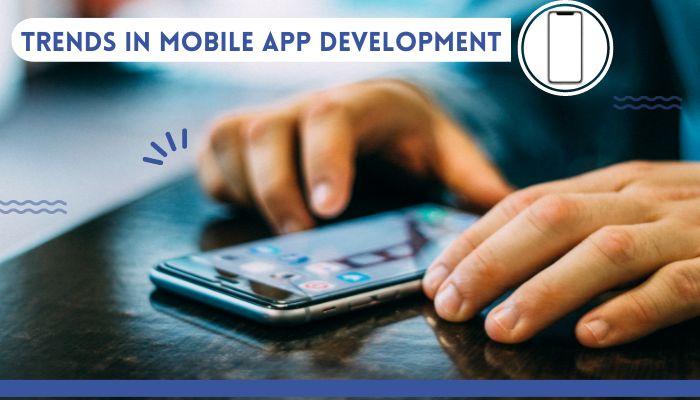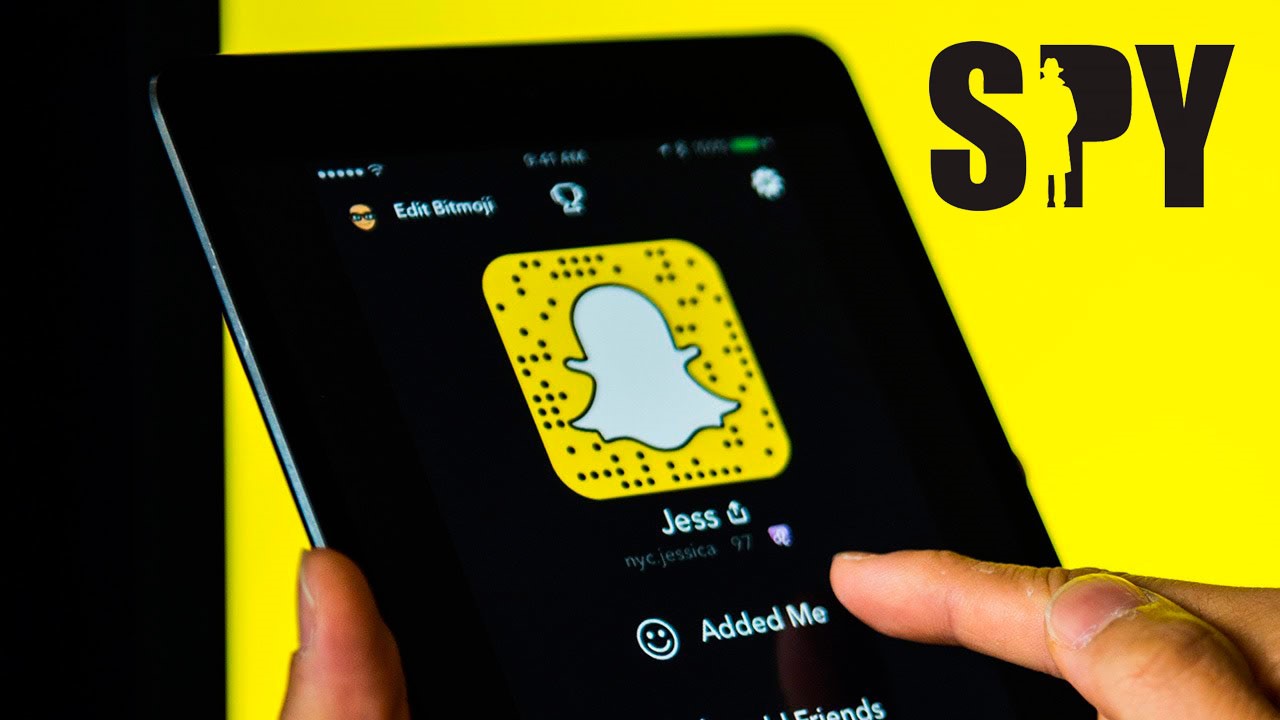Mobile app development isn’t just about making an impact by using a lot of technology. It’s also about building useful digital lead-generation services that help your potential customers. Since more than five years ago, mobile apps have become one-stop shops for end customers. But technology changes at a lightning-fast rate every year, and as a result, new mobile application trends that are both interesting and hard to keep up with appear.
Mobile apps have changed our view of the service industry. The end-user pays for everything. However, mobile apps connect businesses with customers. Keryar, an IT company in Anand Gujarat is the place to start if you want to sell a product or service or address everyday problems with unique solutions.
5G
This year’s top mobile app trend is 5G technology, a wireless network in high demand in all fields. 5G is the development of better ways to connect and give your mobile app features. And functions that you want without affecting how well they work overall. Using this technology in the right way also helps your app’s development process.
Blockchain
Blockchain is another popular mobile app development innovation that will have a big impact. This scattered roster strategy can transform how firms work by keeping data safely and adulterously.
Blockchain technology can benefit organizations of all sizes, even if it’s linked with Bitcoin. Blockchain will shape businesses in a digital world. Thus, enterprises should start considering how they will enjoy this digital enterprise now. This technology has advanced and may apply to many sectors. It’s growing fast and is expected to make $20 billion in 2024. Mobile app development is also using blockchain technology.
AR/VR Integration
Since 2020, when hit many businesses, social distancing technologies have grown. Did you know mobile apps are popular and used in business? They let vendors and service providers interact with customers.
Businesses may effectively present their goods and services via AR and VR. Customers can also try on clothing before buying it. VR and AR benefit sellers and shoppers. AR and VR boost learning and mobile app engagement in addition to commerce.
Wearables
Wearable electronics like step counters and fitness trackers is taking over. Wearables let consumers track their diet, exercise, and health in real time. These wearables are great since consumers don’t have to carry them.
These devices only require a decent internet connection. Developers and businesses invest in them because of their benefits and usability. Developers will reduce smartphone wearable reliance in 2022.
M-Commerce
M-commerce, or mobile commerce, is another 2022 mobile app development trend. Mobile commerce is the mobile site of e-commerce. The percentage and distribution of mobile online shopping is growing rapidly. As more people use smartphones and tablets, mobile buying becomes easier.
Mobile commerce is similar to computer e-commerce in that consumers browse apps, click on mobile sites, and make purchases. Mobile apps typically do this. Twitter, Snapchat, WeChat, Tiktok, and Instagram offer in-app pricing quotes for social commerce purchases.
E-Wallets
Customers no longer pay cash. Smartphones are making digital wallets popular. Digital wallets have many benefits. First, no cash is needed. Second, they can make it anytime, anywhere. Finally, they are end-to-end encrypted and breach-free.
To capitalize on this app development trend, make sure your mobile apps can accept digital payments. To secure these transactions, you’ll need firewalls and other protections.
Chatbots
Customers today have several brand selections. Thus, they expect fast results. Customers quickly abandon brands that fail to satisfy expectations. Chatbots are taking over to help brands reply swiftly and meet client expectations.
In 2022, more companies will use chatbots to answer customer questions and boost customer happiness. Chatbots enhance user experiences and brand-consumer relationships.
Foldable
In the past decade, cell phones have proliferated, making foldable phones seem obsolete. Samsung debuted Galaxy foldable phones recently. It shows that foldable technology isn’t finished. Many companies are developing foldable phones and technology. Foldable app development will dominate in 2022.
To keep ahead of the competition, foldable technology companies should adopt today. The software must be responsive and extend as the screen grows. Tabs should open on the larger screen. Foldable phones offer several opportunities for app developers.
Instant Apps
Developers often struggle to get users to install their apps. Users may wish to try it before downloading or don’t have enough space on their phones. Instant apps help users and developers.
They let people use the software without installing it. These programs have “Try it Now” icons. Users can experience most app features without installing them by clicking on them. Due to their user appeal and conversion rates, more mobile developers will invest in quick apps in 2022.
Food and grocery delivery apps
As they stayed home during the 2020–2021 lockdown, many relied on food and grocery delivery apps. These two apps grew the fastest throughout that time. Food delivery apps and orders will continue. Smartphone users will still choose grocery applications in 2022.
This blog covered the top mobile app development trends. Mobile app trends advance faster than ever, and mobile development online technologies will drastically impact the market in the future years. Be alert of future tools like this, and if you need help designing your app, ask for a free consultation.




